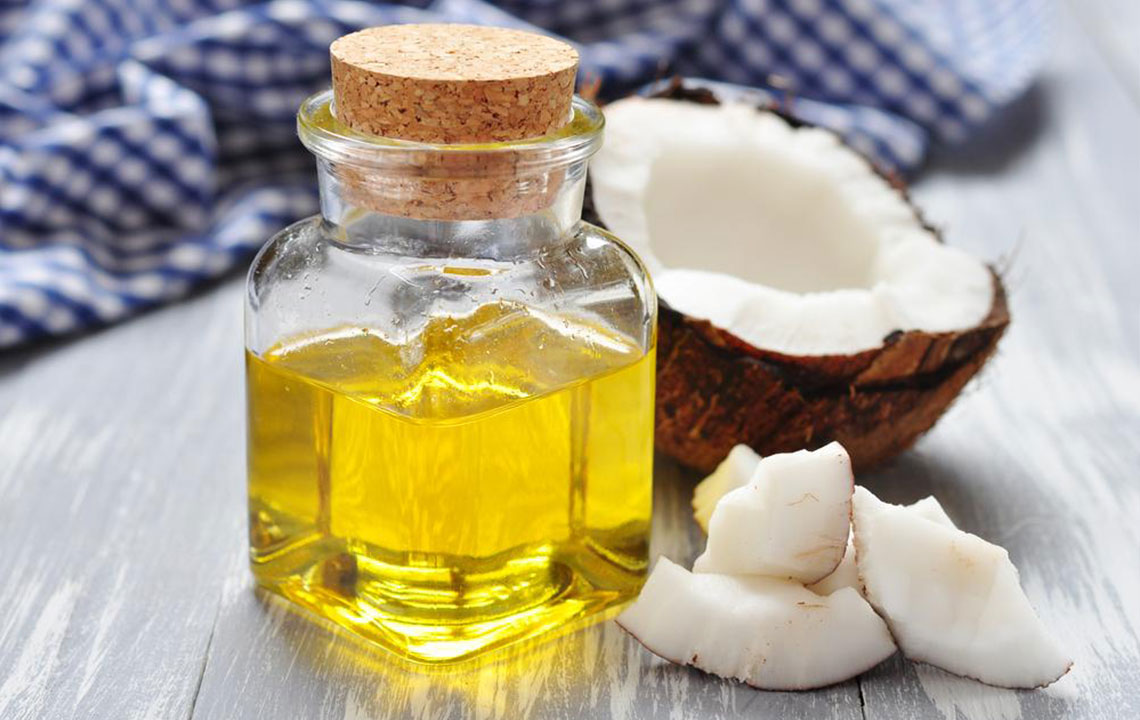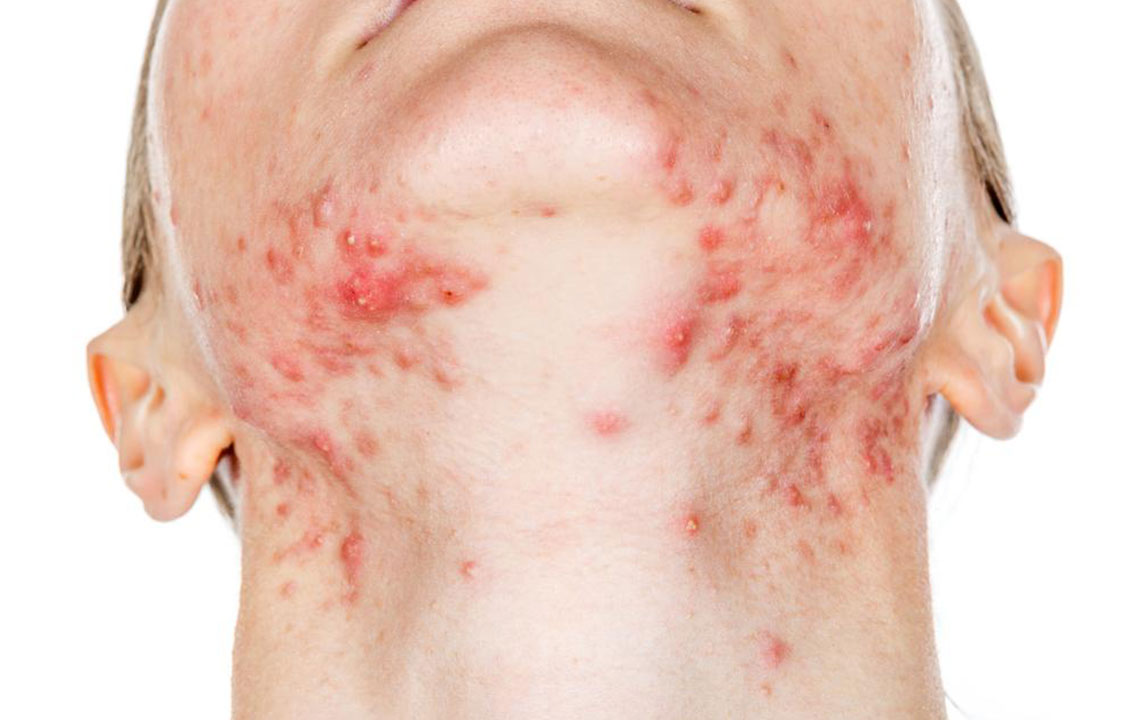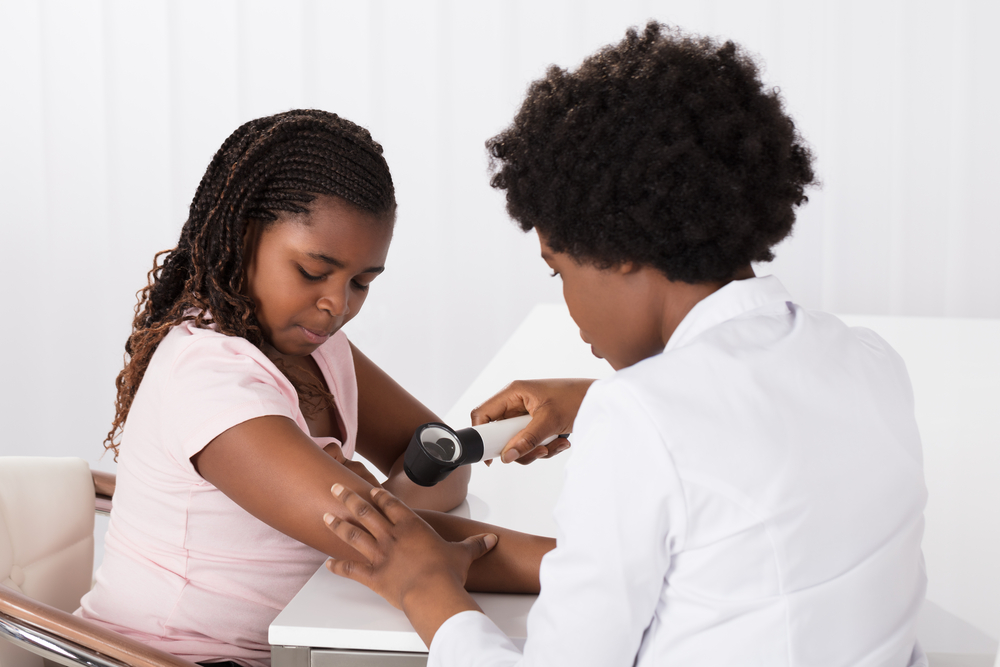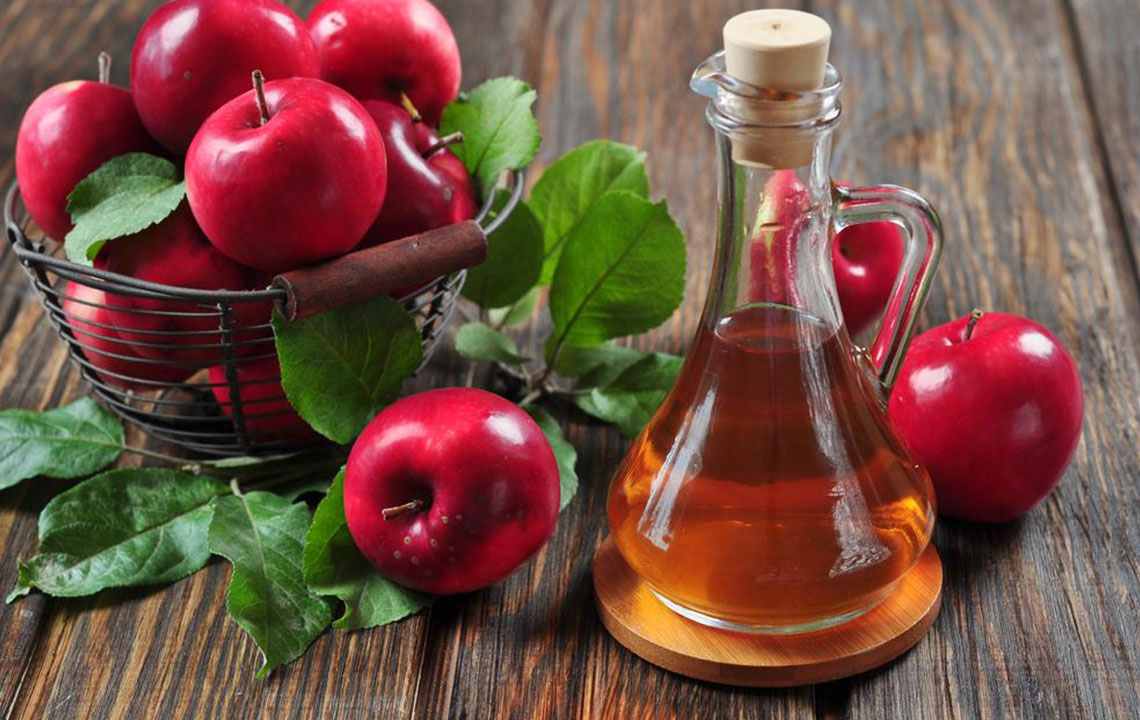Comprehensive Natural Strategies to Alleviate Shingles Symptoms Effectively
Explore effective natural remedies for shingles, including soothing baths, cold compresses, and dietary adjustments. Learn how to enhance immune health, reduce pain, and speed recovery with proven home strategies designed for comfort and healing. This comprehensive guide offers practical advice for managing symptoms and preventing complications naturally, especially vital for older adults and those with compromised immune systems.
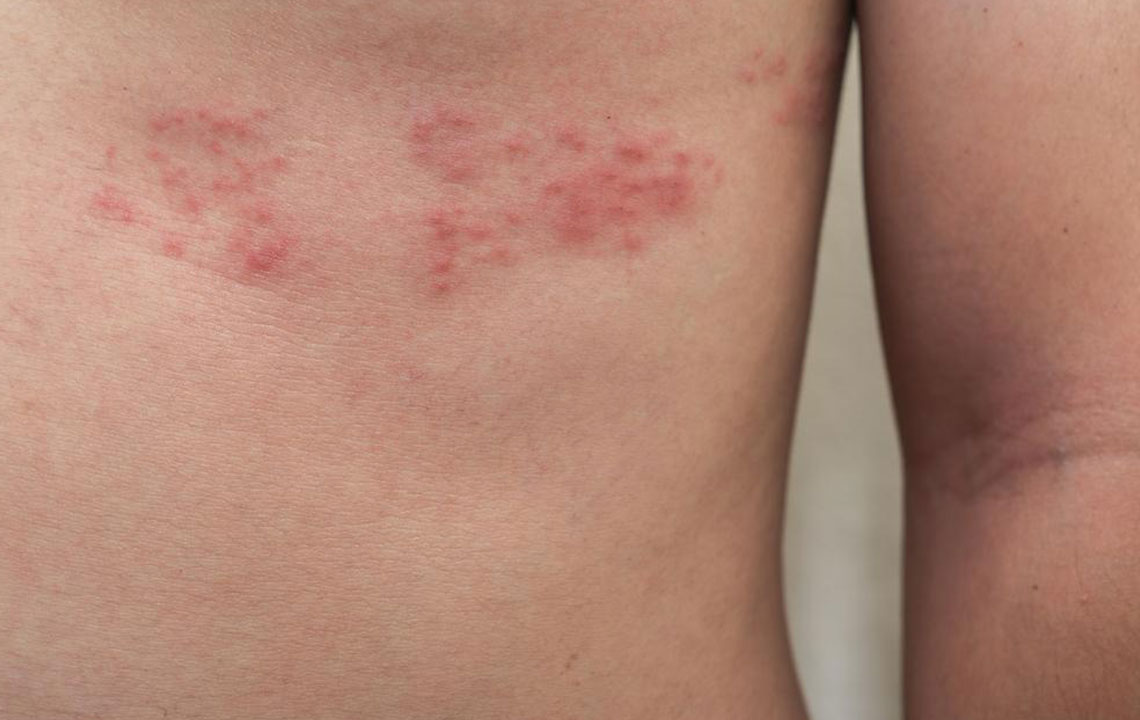
Comprehensive Natural Strategies to Alleviate Shingles Symptoms Effectively
Shingles, medically known as herpes zoster, is a viral skin condition that manifests with a painful rash, often causing significant discomfort and distress. This condition affects millions worldwide and is particularly prevalent among older adults. Understanding how to manage shingles symptoms naturally can significantly improve quality of life during the healing process. In this comprehensive guide, we explore effective home remedies, dietary adjustments, and lifestyle tips that can help soothe symptoms, promote faster recovery, and reduce the risk of complications.
Shingles arises from the reactivation of the Varicella zoster virus (VZV), the same virus responsible for chickenpox. After initial infection, the virus remains dormant in nerve tissues for years, often decades. In some cases, it reactivates later in life, leading to shingles. This reactivation is often triggered by a weakened immune system, stress, aging, or other health conditions. Understanding this mechanism emphasizes the importance of immune system health in both prevention and management of the disease.
Age is a significant factor, with more than half of cases occurring in individuals over 50 years old. The risk increases with age because immune function tends to decline over time, making it easier for the dormant virus to become active. Besides age, other risk factors include immunosuppressive medications, certain medical conditions like cancer or HIV/AIDS, and chronic stress. This makes awareness and proactive strategies essential for susceptible populations.
The initial phase of shingles often begins with localized pain, tingling, or burning sensations, which precede the appearance of the rash. The rash typically appears as clusters of small blisters that develop over inflamed skin. These blisters may fill with fluid and eventually burst, forming crusted scabs. Additional symptoms can include fever, fatigue, light sensitivity, headaches, and general malaise. Managing these symptoms effectively can prevent complications such as postherpetic neuralgia, which is persistent nerve pain after the rash heals.
Here, we outline three natural and practical approaches to alleviate shingles symptoms and support the body’s healing process:
Soothing Soak
A gentle, lukewarm bath is one of the simplest and most effective ways to ease skin discomfort. Adding 1-2 cups of cornstarch to the bathwater creates a soothing, anti-itch soak that calms irritated skin. Cornstarch helps absorb excess moisture and reduces inflammation, providing immediate relief from itching and burning sensations. Ensure the water temperature is warm but not hot, as hot water can exacerbate symptoms and cause additional skin irritation. After soaking, gently pat the skin dry with a clean towel to prevent infection. This method offers temporary relief and can be done multiple times a day to manage symptoms effectively.
Cold Compress
Applying a cold compress is a proven method to reduce pain and inflammation associated with shingles. Use a soft cloth soaked in cold water or wrapped around ice packs, but avoid direct contact with ice directly on the skin to prevent cold burns or increased sensitivity. Keep the compress on affected areas for 10-15 minutes, several times daily, to numb nerve endings and decrease discomfort. This technique not only alleviates pain but also helps diminish swelling and reduces the feeling of tingling or burning sensations. Always ensure hygiene by using clean cloths or compresses to prevent secondary infection.
Dietary Adjustments
Nutrition plays a crucial role in managing shingles symptoms, primarily through supporting immune health and nerve repair. Incorporate foods rich in vitamin B complex, such as dairy products, nuts, peas, avocados, broccoli, and bananas. These nutrients are essential for nerve regeneration and reducing neuralgia pain. Hydration is equally vital; drinking plenty of water (at least every two hours) helps flush out toxins and maintain skin integrity. Include immune-boosting foods like garlic and onions, which contain allicin and quercetin, compounds known for antiviral and anti-inflammatory properties. Citrus fruits such as oranges, strawberries, grapes, and kale provide high doses of vitamin C, boosting immunity and accelerating tissue repair. Green leafy vegetables like lettuce and collard greens also supply essential antioxidants. Conversely, avoid foods and beverages that can impair immune function such as excessive sugar, processed fruit juices, caffeine, and fried foods. These can prolong healing and increase inflammation.
While most shingles cases resolve within 2 to 6 weeks, adopting these natural remedies can significantly ease symptoms, promote recovery, and help prevent complications such as postherpetic neuralgia. However, if symptoms worsen or persist beyond this period, or if new symptoms appear, seeking medical attention is crucial. Proper care, along with lifestyle adjustments and nutritional support, plays a vital role in managing this condition effectively. Implementing these strategies not only alleviates discomfort but also empowers individuals to take an active role in their recovery journey, ultimately leading to better health outcomes.
